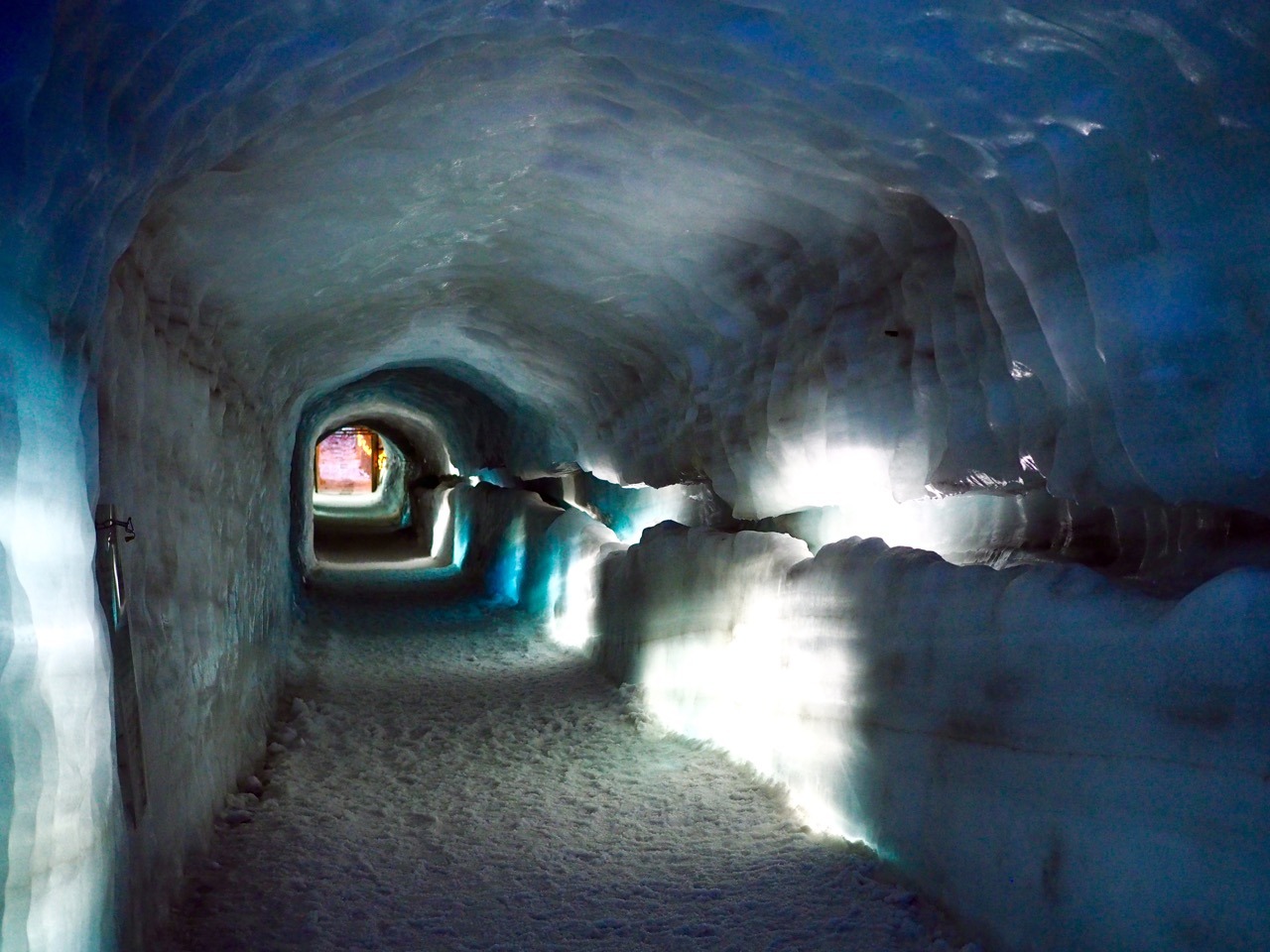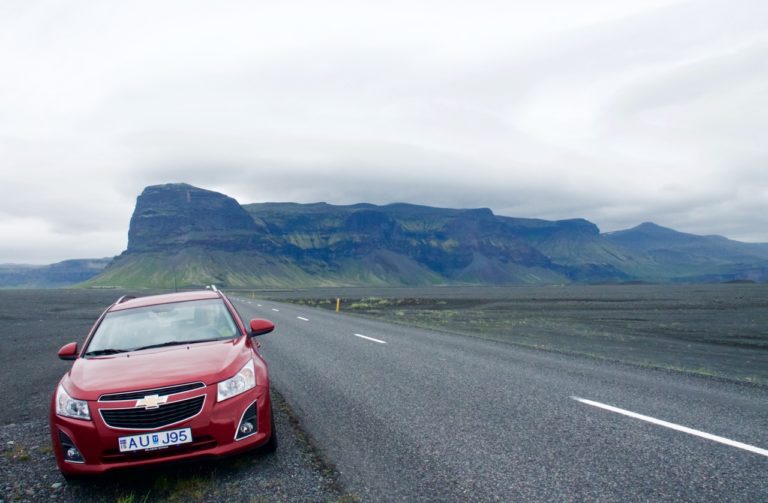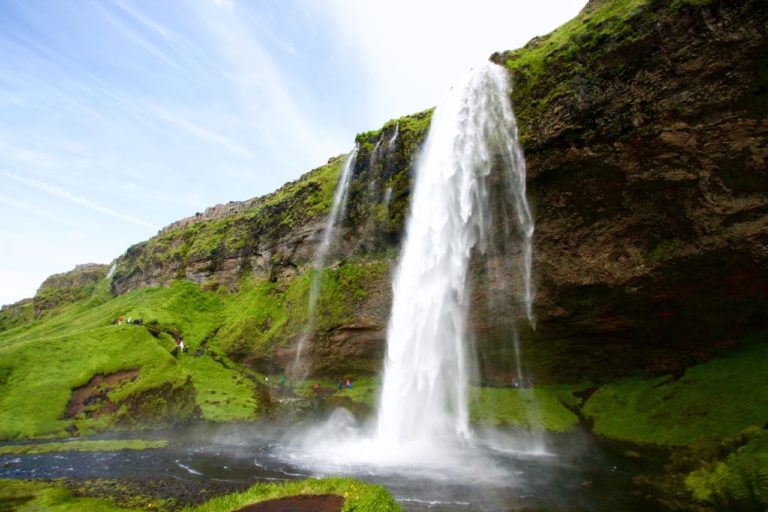Inside one of the largest glaciers in Iceland: Langjökull
When one gets invited on the journey of a lifetime inside one of the most imposing glaciers in Iceland by one’s client – Icelandair, namely – one simply does not sit it out. It was therefore with a great deal of curiosity and, admittedly, a dash of fear that I ventured Into the Glacier to not only learn more about the massive ice colossus but also the science behind this geological feat.
Prepare to be mind blown.
+
iceland travel tips
Glaciers in Iceland: Langjökull
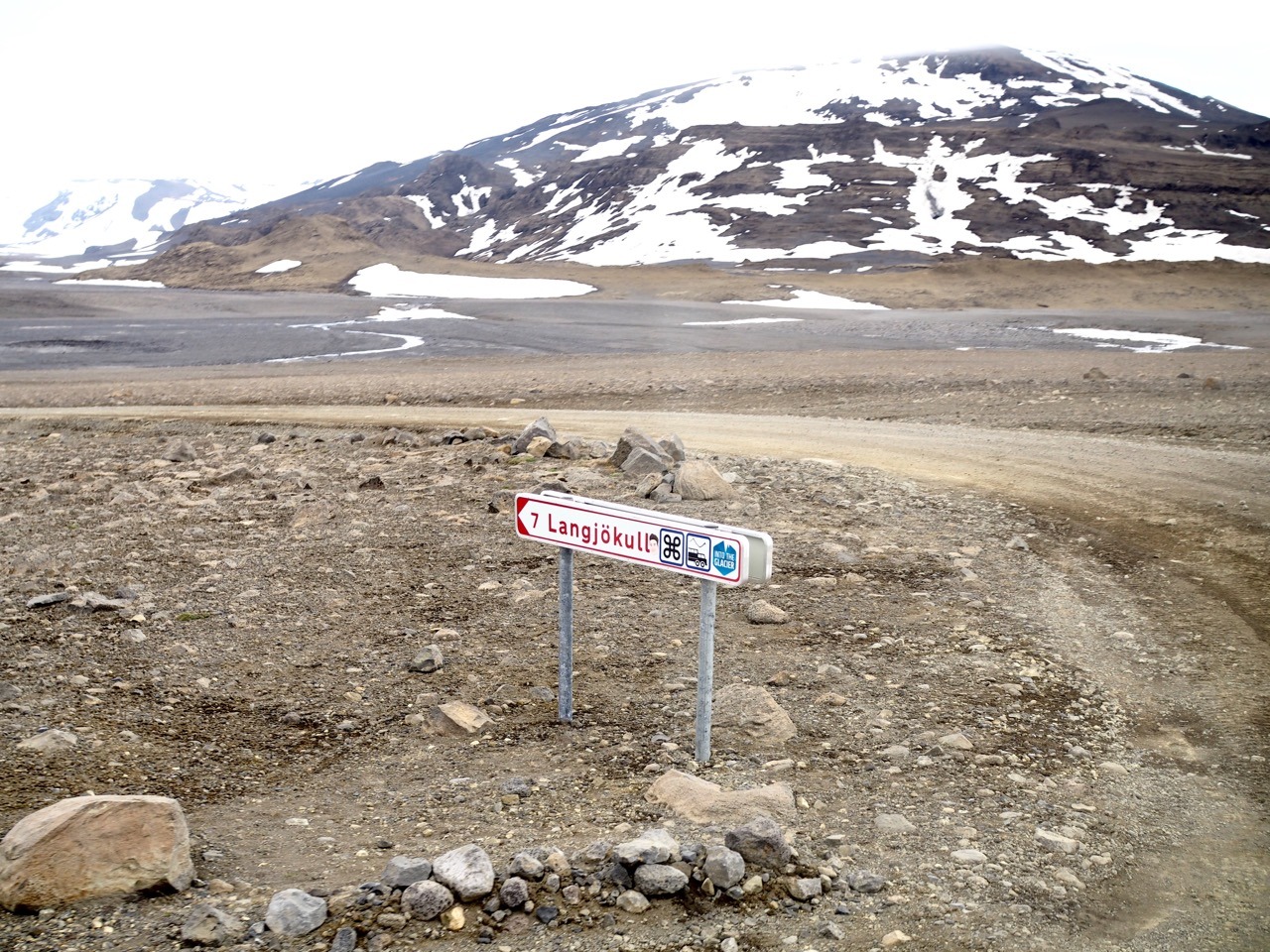
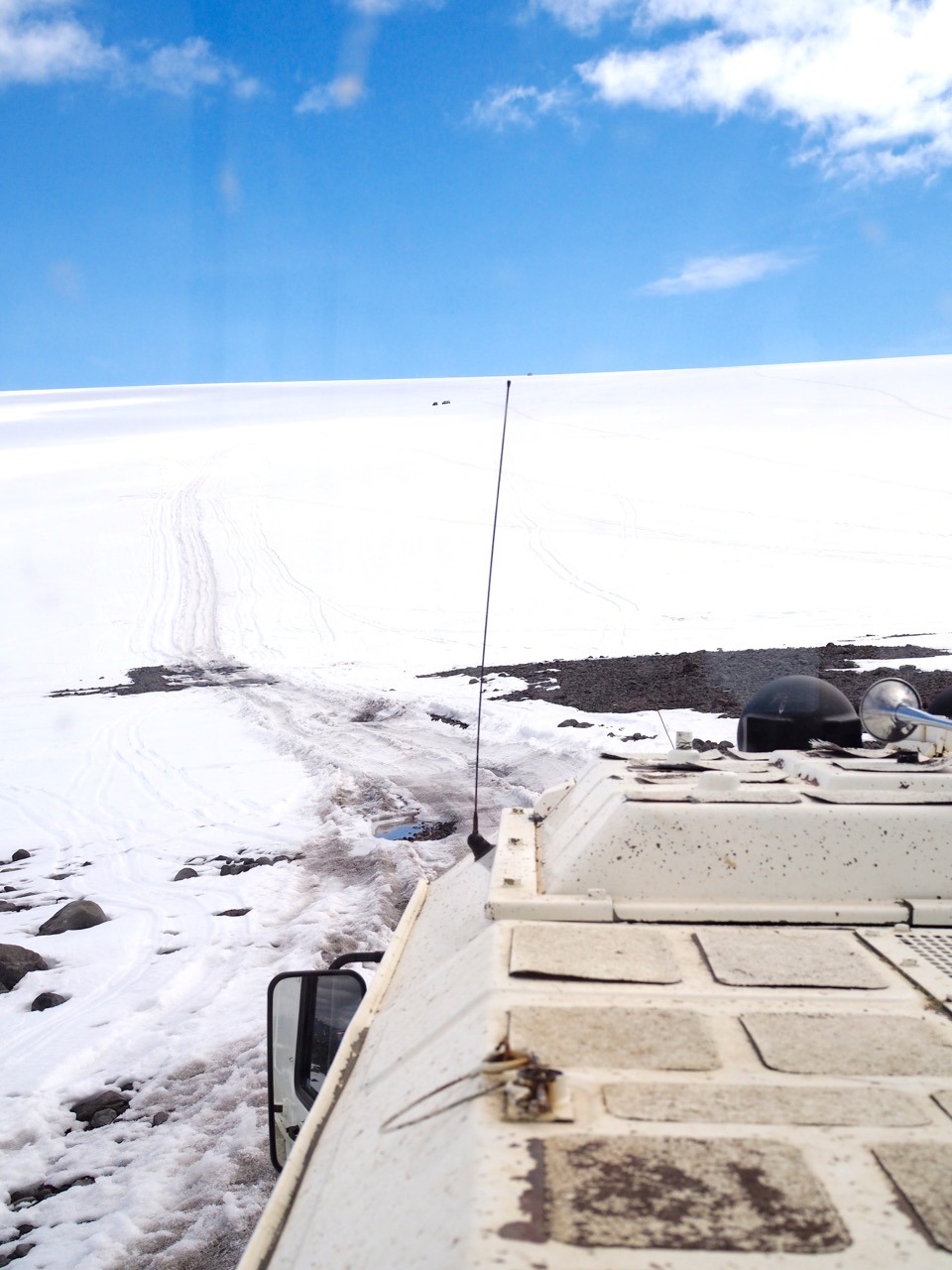
Situated on the western slopes of the Icelandic highlands, Langjökull — Icelandic for “the long glacier“ — is about 50-kilometres long for a total surface area of 950 km² and although the glacier rises between 1200 and 1400 metres on most of its surface, the actual ice cap can be up to 580-metres thick in some parts. Most rivers in Iceland trace their sources to glaciers and this area is no different; Langjökull is the source of the mighty Hvítá River, which flows into a powerful three-tiered gorge at the iconic Gullfoss waterfall some 170 kilometres south, as well as the lesser known but equally impressive Hraunfossar and Barnafoss waterfalls close by.
TL;DR: Langjökull is a big ass glacier, one of the most significant glaciers in Iceland. And I was just about to visit it!
My experience with Into the Glacier
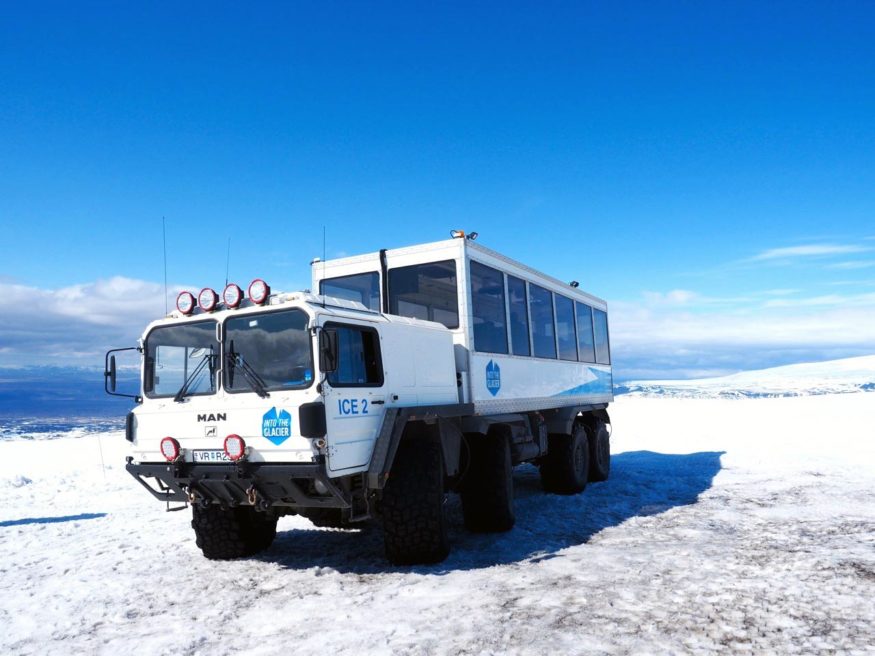

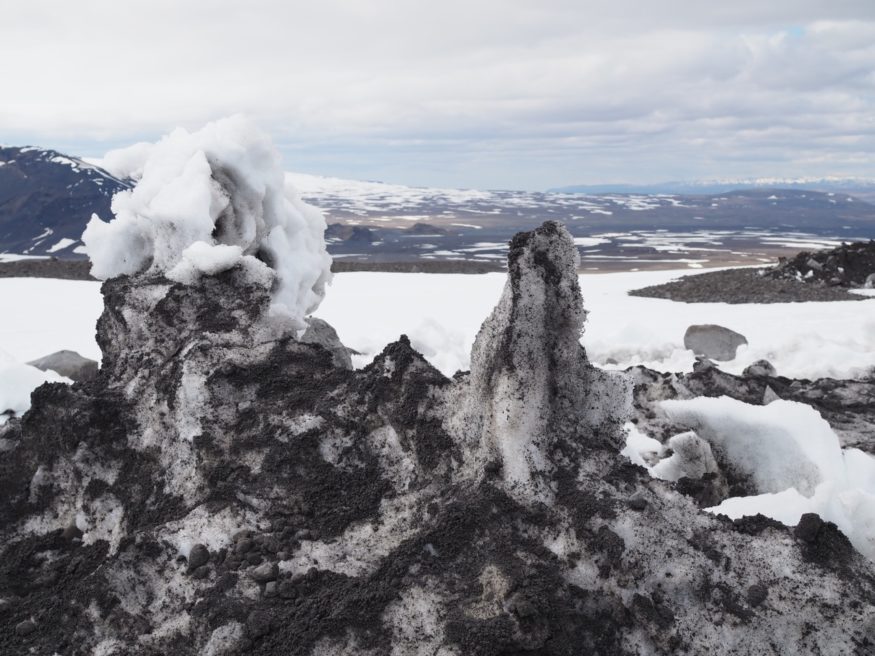
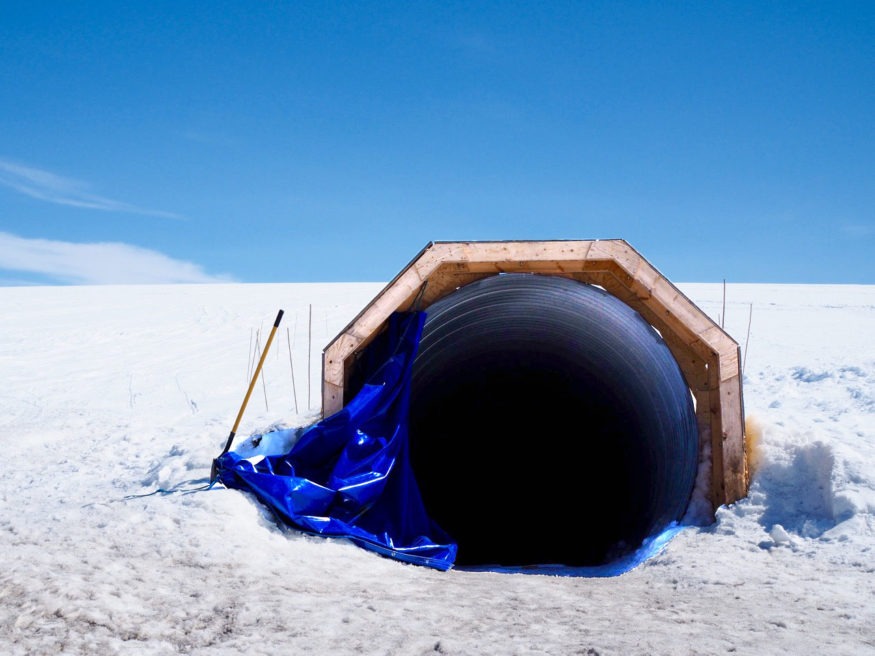
Because going inside a glacier is uncommon and singular in every way, it only made sense that the transportation used to reach this intriguing destination from Klaki base camp would be equally, and really quite fittingly, distinctive. What I embarked on was a massive, specially converted, former NATO missile launcher (!) 25-ton monster truck with eight wheels much, much higher than my 5’8″ frame. As we drove along the increasingly lunar-like, immaculate landscapes that are so typical of this North Atlantic island, the unmistakenly powerful roaring of the engine left no doubt as to where we were going: further and further away from civilisation — and yet, oddly enough, I was still able to live stream the expedition using the truck’s high-speed WiFi — atop not only Iceland’s but all of Europe’s second largest ice cap.
Putting a literal spin on the word “Iceland”, the expedition inside the belly of this ice monster was nothing short of fascinating. The man-made ice caves present the unique opportunity to see a glacier from the inside, admire its constantly evolving features, and learn more about its captivating geology — a privilege exclusively enjoyed by glaciologists, until now. It took four full years of planning to complete this project, supervised by Iceland’s top engineers, geologists and architects.
About 25 metres deep beneath the surface lies an intricate network of dimly-lit subglacial tunnels carved in layered blue ice, which itself is formed by decades and decades of amalgamated snowfall. As I ventured further down the caves and explored the different “rooms” — including a chapel! — I was able to walk next to crevasses and complex formations as my guide, Kolbeinn, pointed out impressive features and vulgarised the science of geology to us, non-scientific folks.
Even this Canadian, who has admittedly seen her fair share of snow and ice, was left speechless.
+
iceland travel tips
Is it worth it?
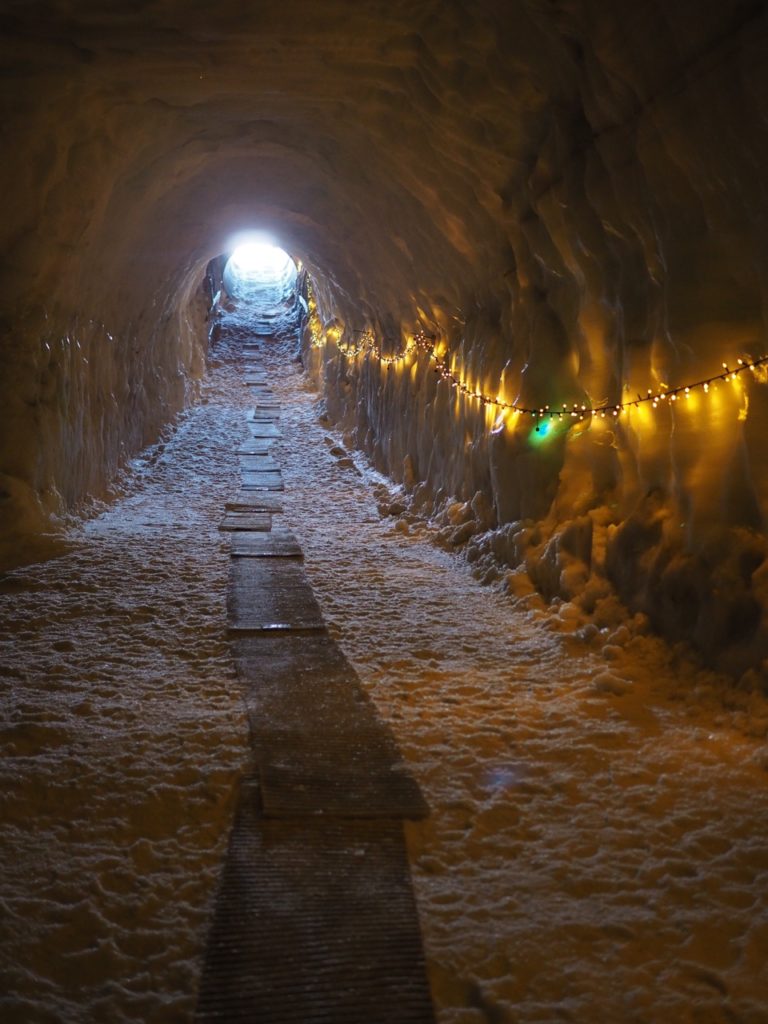



This is truly a once-in-a-lifetime type of experience and you won’t regret forking out what would otherwise be a considerable sum for a tourist excursion. When else will you be able to venture inside a freakin’ glacier? If you can afford to go, do it. There is no way you will regret it.
As our collective ecological debt continues to grow exponentially, the conversation naturally steered towards global warming and the very visible consequences it’s been causing alongside the Arctic Circle. Although my guide Kolbeinn was eager to clarify the process and point out tangible issues across Iceland, his suddenly sombre expression left no doubt as to the nature of his answers: Langjökull is shrinking fast… Too fast. Studies have shown that it has retreated by about 70 meters in just 60 years. In all likelihood, these tunnels and caves will be gone in 15 years time. In fact, local researchers are concerned that glaciers in Iceland will be entirely annihilated by 2136 — barely over 100 years — if global warming continues at its current rate.
Let that be a lesson for us all to try and minimise our carbon footprint as much as humanly possible by opting for eco-friendly travels ♥
How to visit inside glaciers in Iceland
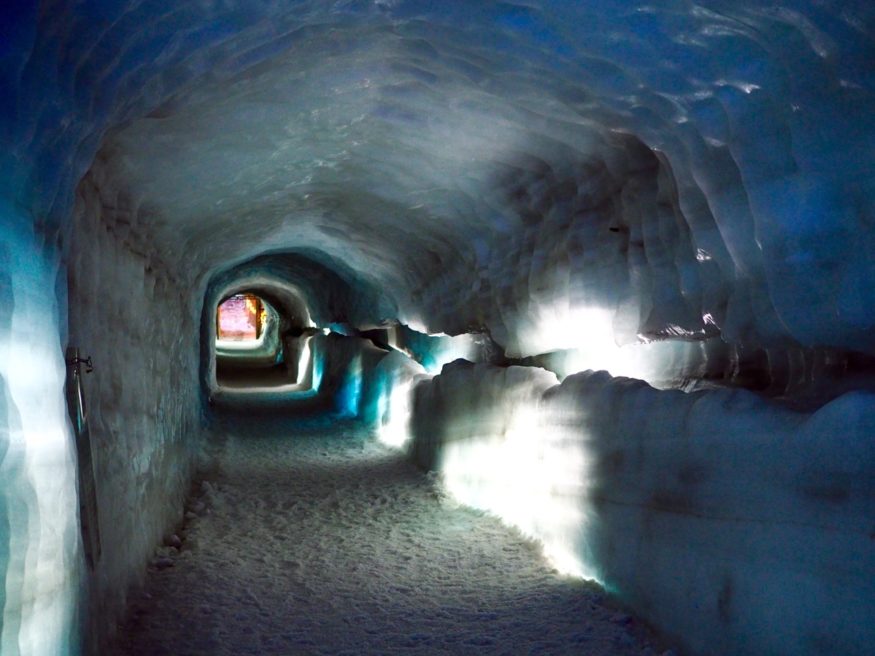
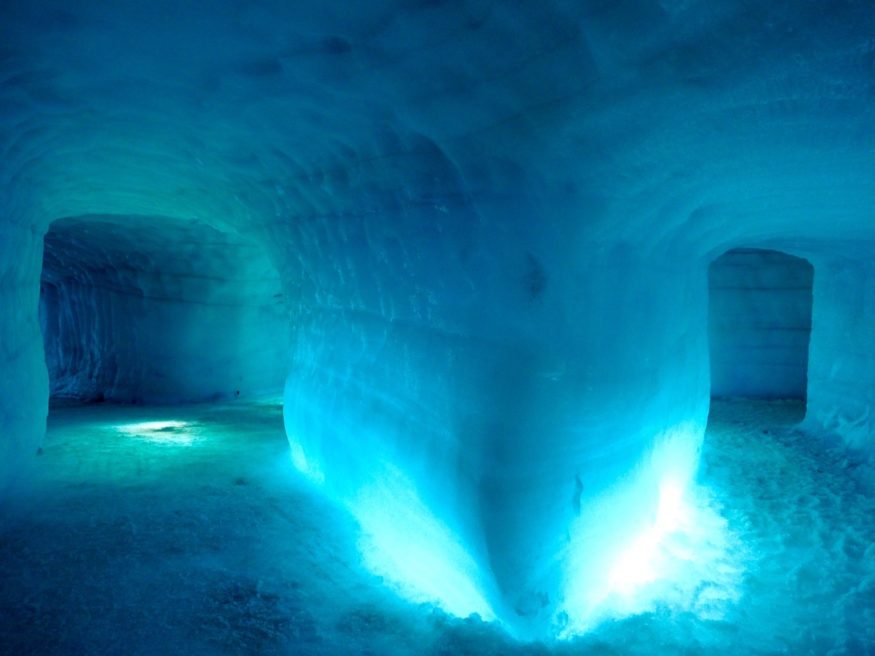
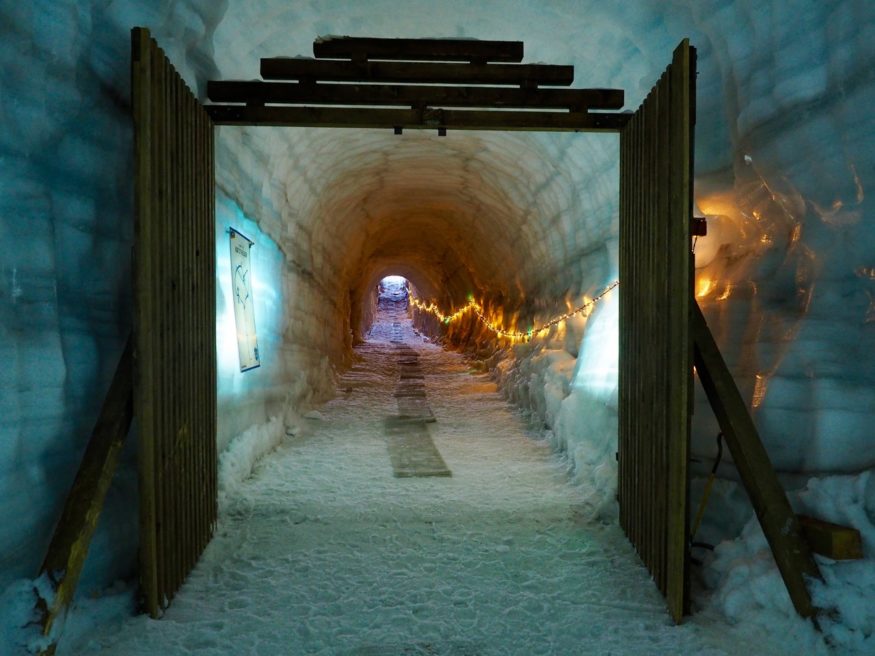
- Tours with Inside the Glacier are available from Reykjavik as a day trip or as 2-hour expedition from Husafell or Klaki base camp, depending on the season.
- Quite obviously, visitors will need warm clothing to visit the glacier. Temperatures inside the glacier’s tunnels border 0°C/32°F and that’s not saying anything about the occasionally brutal, bone-chilling winds atop the glacier itself. Warm, waterproof boots with thick wool socks —you will be walking on snow for the better part of two hours— as well as a windproof and insulated jacket are pretty much compulsory, as are gloves and hats. Thermal underwear might be a good idea, too, if you get cold easily. No need to worry about the slippery ground, though, as slip on crampons will be provided at the entrance of the tunnels.
- The tunnels, unlike natural ice caves which can only be accessed in wintertime, are open year-round.

